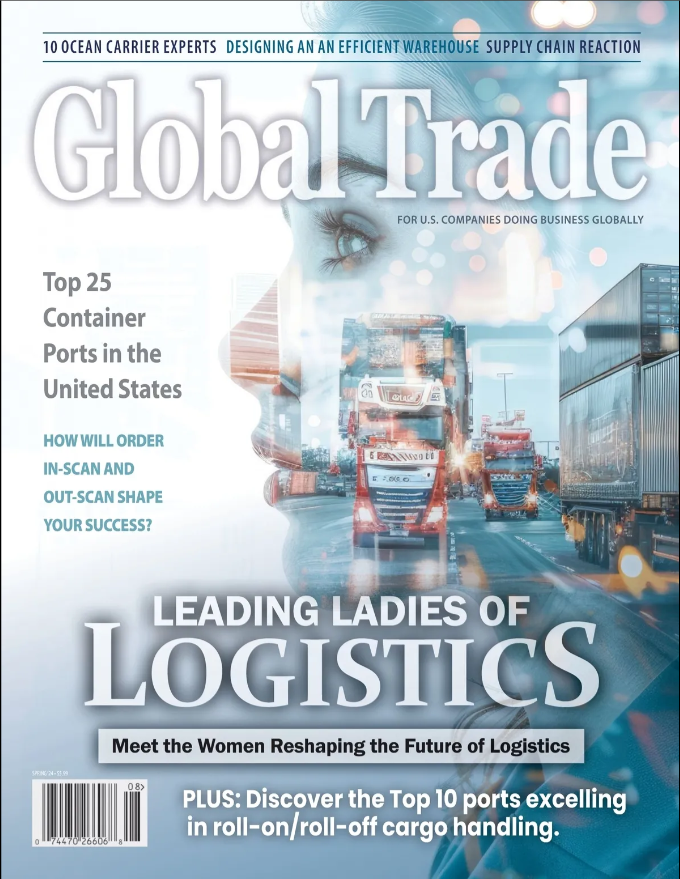Eventual Autonomous Shipping Faces Considerable Hurdles
Autonomous transport technologies first began with driving and flying. Drones have worked exceptionally well while driving continues to improve. Autonomous shipping is similar in terms of technology and mechanics, but building trust among regulators and freight owners has proven to be a significant stumbling block to widespread adoption.
Read also: World’s First Official Test Bed for Autonomous Shipping Opens in Norway
AUTOSHIP (Autonomous Shipping Initiative for European Waters) is an EU-funded initiative that triumphantly operated an autonomous ship from the coast of Norway last year for a nearly 13-hour journey. The expedition itself was a success, but there wasn’t cargo or much else at risk. South Korea’s Samsung Heavy Industry (SHI) performed a similar feat in 2020 when the Samsung T-8 vessel performed an autonomous journey at Geoje Island, much of it guided via sensor and radar technology.
Like autonomous driving, the International Maritime Organization has defined four levels of maritime autonomy. Level 1 still involves seafarers on board to control and operate ship functions, while some minor operations can be automated. Eventually, the ship moves to Level 4, with no seafarers on board and no remote control. At Level 4, the vessel makes decisions and determines actions on its own.
Context is by far the biggest challenge for machines. Once vessels enter busier waters or are closer to land, other vessels, infrastructure such as offshore wind farms, and similar obstacles emerge. Even at sea, there are a host of hidden hazards that humans are adept at navigating, but it is still unknown whether a machine can successfully avoid collisions.
The 13-hour AUTOSHIP voyage was a success, but learning in real-time with real cargo can be dangerous and costly. Another timely issue in the current geopolitical context is piracy. While freight owners would undoubtedly prefer a crew-less ship in the event of a pirate attack, they would likely not risk their cargo being commandeered in the first place through risky waters without humans onboard to oversee the voyage.
Tech players who are common in the autonomous driving sector have a difficult time competing with larger firms like Kongsberg Maritime (a partner with AUTOSHIP) and Samsung Heavy Industry in the maritime sector. Most of the maritime technological breakthroughs are occurring in improving port infrastructure through automation and digitization. Freight owners and operators are rightly concerned about how quickly ports can get containers off the vessels and onto truck beds instead of navigating sea lanes without human intervention.





Leave a Reply